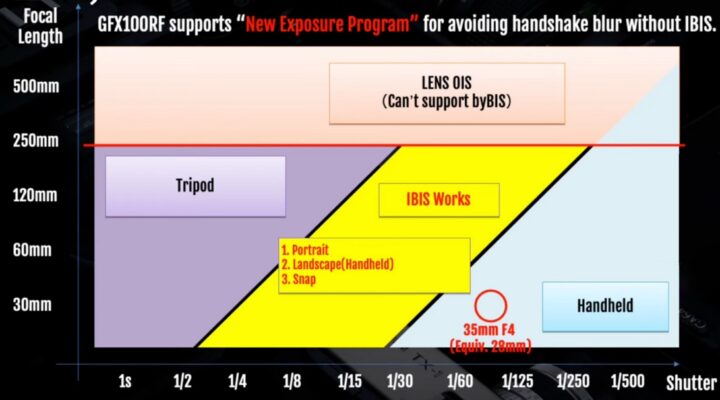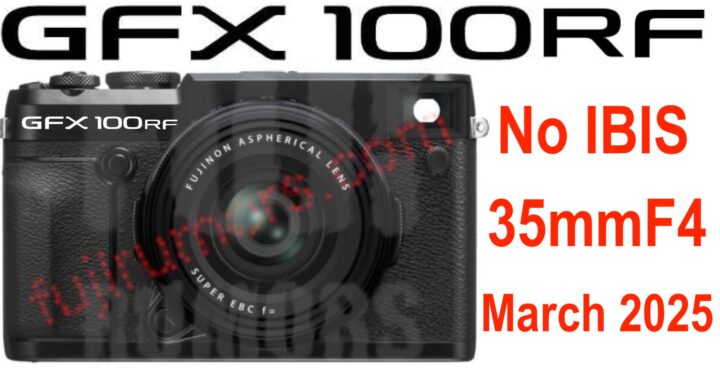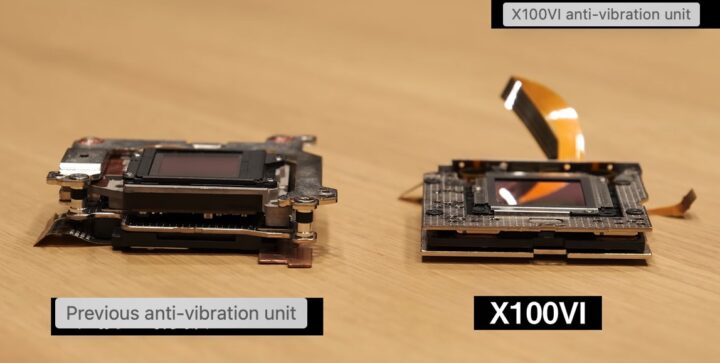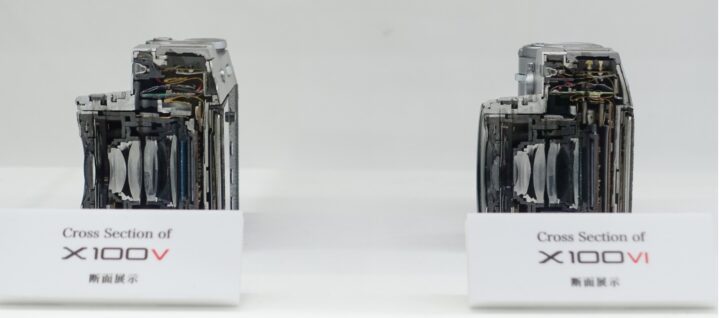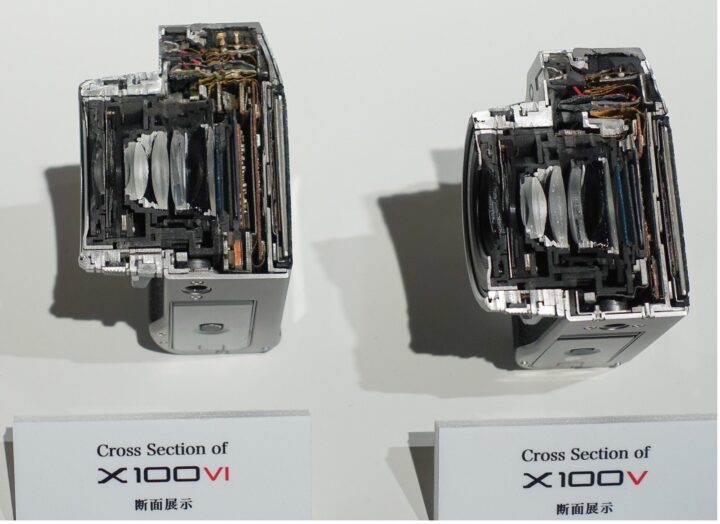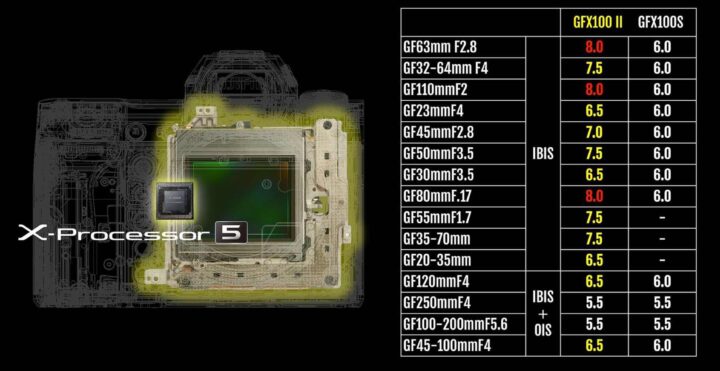Fujifilm X-E5 with IBIS and 40 Megapixel – The Most Powerful X-E Ever… But at What Cost?
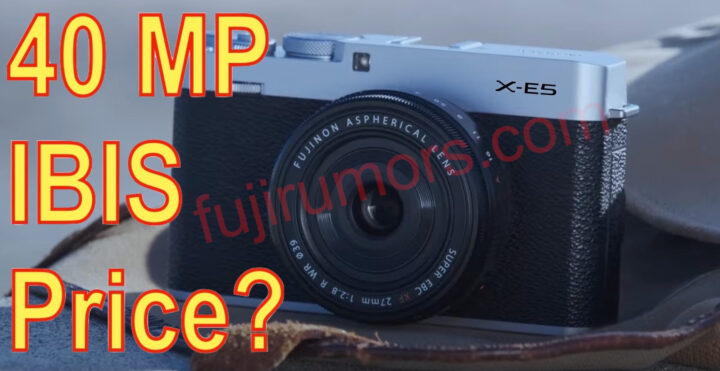
So, we have shared two crucial rumors regards the upcoming Fujifilm X-E5:
Now, every Fujifilm X-E camera launched so far had a price tag below 1K USD.
But this time it seems that Fujifilm has really packed all they can into the X-E5. And because of that, I think (not rumor) that we can forget it to cost 1K USD or less.
I know, I had 40MP and IBIS on my nice-to-have X-E5 wishlist. And I was aware that all this goodness would come at a price.
So personally I was be ready to pay more than 1K for the X-E5 with these features.
But what about you?
Would you consider buying the X-E5 only if it costs 1K or less?
Feel free to vote the survey:
Follow FujiRumors on Patreon, Facebook, Instagram, RSS-feed, Youtube, Flipboard and Twitter
- Fujifilm Film Simulation Group
- Fujifilm X-T Shooters Group
- Fujifilm X100 Shooters Group
- Fujifilm GFX Shooters Group
- Fujifilm X-Pro Shooters Group
- Fujifilm X-H Shooters Group
- Fujifilm X-E Shooters Group
- Fujifilm X Third Party AF lenses Group
- Fujifilm Astrophotography Group
- Viltrox X mount lenses Group
- Fujifilm X-S shooters Group


